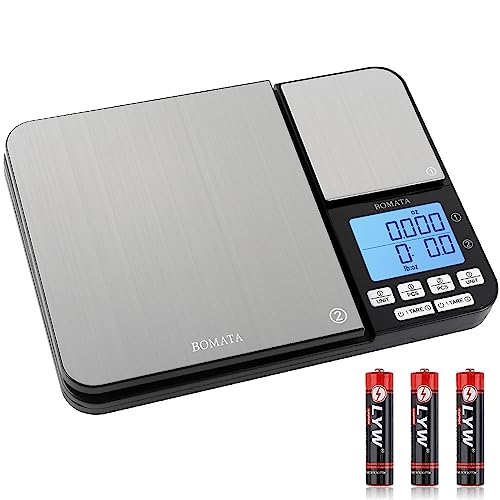Patty88
Member
Hi all,
Please forgive what I'm sure is a novice question, but my Google-fu was coming up short. How can one make a soap with goat's milk, cow's milk, etc. and not have it go rancid? I'm just thinking of every other milk-based product I've ever consumed, yogurt, cheese, milk, etc. they may last quite some time but they all have an eventual time when they go "off", even cooked milk products. I've been trying to find the science behind it but no luck so far.
I'm doing a "DIY" Christmas this year and making 3-4 soaps to give out in little gift packages - I'd like to make a goat's milk and honey soap for my family and friends but I'd be absolutely horrified if it would go rancid after I give it to them after the 6-week cure time.
If I do go for it, is there any reason why I can't use store bought goat's milk or does it need to be raw for whatever reason? I'm sure I could get straight from the farm goat's milk around here, I'm just not sure who to ask. However I did see goat's milk at Walmart so if that will work, I'll do that.
Last but not least, how do you all scent your milk soaps? I would like to do a scent in this but I don't know what would go well. I'm thinking of doing a lavender/citrus blend, a coffee soap, and a mint soap besides to give out. Almond sounds nice, maybe a coconut or floral for something different from the other soaps. What have you had good luck with?
I'm thinking of doing a lavender/citrus blend, a coffee soap, and a mint soap besides to give out. Almond sounds nice, maybe a coconut or floral for something different from the other soaps. What have you had good luck with?
Thank you!
Please forgive what I'm sure is a novice question, but my Google-fu was coming up short. How can one make a soap with goat's milk, cow's milk, etc. and not have it go rancid? I'm just thinking of every other milk-based product I've ever consumed, yogurt, cheese, milk, etc. they may last quite some time but they all have an eventual time when they go "off", even cooked milk products. I've been trying to find the science behind it but no luck so far.
I'm doing a "DIY" Christmas this year and making 3-4 soaps to give out in little gift packages - I'd like to make a goat's milk and honey soap for my family and friends but I'd be absolutely horrified if it would go rancid after I give it to them after the 6-week cure time.
If I do go for it, is there any reason why I can't use store bought goat's milk or does it need to be raw for whatever reason? I'm sure I could get straight from the farm goat's milk around here, I'm just not sure who to ask. However I did see goat's milk at Walmart so if that will work, I'll do that.
Last but not least, how do you all scent your milk soaps? I would like to do a scent in this but I don't know what would go well.
Thank you!
















































